Gabbra People and their Culture in Kenya
Who are the Gabbra People in Kenya? The Gabbra live in the Chalbi desert of northern Kenya, between Lake Turkana and Moyale and Marsabit, extending into the Bula Dera plain east of the Moyale-Marsabit road, and the Mega escarpment in southern Ethiopia.
They share portions of this area with the Borana, Rendille, Samburu, Daasanech and Turkana. They still roam with their herds across the border.
History of the Gabbra people of Kenya:
The Gabbra are an Eastern Cushitic people related to the Somali-Rendille in their historical background having originated in the southern Ethiopian highlands about 1000AD.
The Gabbra are closely related both historically and culturally with the Sakuye people.
They moved into Kenya as refugees fleeing from Ethiopian Emperor Menelik's armies in Ethiopia in the late 1800s and now speak the Borana language.
They are primarily pastoralists but their culture is more entwined with their care of camels. Their basic diet is milk and meat.
Polygamy is accepted but rare. The family is the foundation of society and it consist ten to 15 families to make a village.
One elder is appointed as abba-alla (father of the village) and is obeyed because of his personal competence, respected by those who democratically chose him.
Animals belong to the head of each family, but no individual can own land--it belongs to the whole tribe. Their basic diet was milk and meat. The Gabbra mostly follow the traditional religion and heritage of their ancestors their beliefs are inseparably linked to their herds. They traditionally believe in one God, whom they call Wakabut the Muslim influence is stronger in some areas than others.
Various accounts place the Gabbra primarily in Ethiopia prior to the colonial era. Before settling in Kenya, the Gabbra tended to migrate between Kenya and Ethiopia in search of pastures. They moved into Kenya as refugees fleeing from Ethiopian Emperor Menelik's armies in Ethiopia in the late 1800s.
The Gabbra first settled just south of the Ethiopian border. However, recurrent attacks from the Ethiopian soldiers and the Daasanach led to their relocation to near the Huri hills area farther south of the border.
To ease tribal clashes between the Gabbra, Turkana and Rendille, the British government set up administrative boundaries. The government gave them escorts by camel-riding police for some time to ensure their security.
Pasture land was proportionately restricted in some areas. Even with these steps, there were times when the administration had to move large groups of the Gabbra into areas like the Mt. Kulal region and the Northwest corner of Marsabit District because of overgrazing of the land.
Identity of the Gabbra people of Kenya:
The Gabbra are generally thought to be very good looking people, the men wearing traditional shorts and a blanket-cloak and the women wearing a wrap-around and a head cloth. Their traditions have a close relationship to those of the Israelite people as recorded in Genesis and Exodus. Relationships and family ties are very strong.
Being Gabbra is important and anyone who gives up his Gabbra customary traditions is looked down upon. Through religious and cultural ties, intermarriage and alliances, the Gabbra have become part of the Borana peoples in the last 200 years. The Borana herd cattle while the Gabbra are attached to camels, though they also have cattle.
Language of the Gabbra people of Kenya:
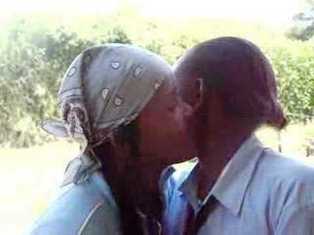 Language of the Gabbra people of Kenya:
Language of the Gabbra people of Kenya:The Gabbra speak the Borana language, an Oromo language in the Eastern Cushite family, having gradually lost their Rendille-related language, which was in the Somali branch of the Eastern Cushite family.
Customs of the Gabbra people of Kenya:
The Gabbra culture is entwined with their care of camels. They are still primarily pastoralists although some have found work as night watchmen, or in the army or police or in reforestation or water projects.
They share the Oromo clan identities with their Borana neighbors, but retain older Somali-Rendille identities. This yields a complicated pattern of clans and "moieties". There is a complicated Oromo generational system called "gada" which includes all people born with successive 7-year periods. But all the sons of one man are in one generation set, and it is common for a ruling generation to actually "keep the turban" for more than 7 years.
Each Gabbra clan is attached to a Borana qallu, a holy man. The five sections of the Gabbra are the Algana (related to qallu of the Sabho Borana), the Gona, the Gara, the Galbo and the Odol. The Gara, Galbo and Odol are attached to the qallu of the Gona.
Polygamy is accepted but rare. The family is the foundation of society. The Gabbra make round houses of bent pole frames covered with skins and grass mats. Up to 25 houses make up an olla (village) of up to 75 people. Ten to 15 families in a village is common. The packing and unpacking of the house at moving time is done by women. The men care for the animals.
One elder is appointed as abba-alla (father of the village) and is obeyed because of his personal competence, respected by those who democratically chose him. An assembly of elders settles disputes and makes decisions related to community life, new grazing areas and celebrations.
Animals belong to the head of each family, but no individual can own land--it belongs to the whole tribe. All have access to water wells. The Gabbra goat is known for hardiness and tenderness, a feat in the rough areas where they live.
Their basic diet was milk and meat. But because of the decimation of their herds due to repeated droughts, they now include tea, ugali, beans and oil. Milk is drunk fresh or curdled. The Gabbra do not mix milk with blood as do some other herding nomads. They use tobacco with soda as snuff.
Religion of the Gabbra people of Kenya:
The Gabbra mostly follow the traditional religion and heritage of their ancestors. Gabbra religious beliefs are inseparably linked to their herds. Animals are more than food: they are needed for sacrifice to ensure fertility, health and cooperation from spirits.
The Muslim influence is stronger in some areas than others. They traditionally believe in one God, whom they call Waka. They recognize the Oromo institution of the qallu, the seer or holy men, from the Sabho group of the Borana. Another qallu, from the Gona group of Gabbra, is also recognized. The religious attachment maintains peace with the Borana and others following the qallu system.
Christianity among the Gabbra people of Kenya:
The lifestyle of the Gabbra has limited contact with Christian influences. The Gabbra have come into contact with the gospel in towns, but there has been little concerted effort specifically targeting the Gabbra. Less than 2% of the Gabbra are Christian.
More about Afican Culture
Kenya Culture |
Akamba |
British Colonialists |
Crafts |
Cultural Business Meetings |
Cultural Communication |
Cultural Eye Contact |
Cultural Gestures |
Gift Giving |
Cultural Law |
Cultural Music |
Cultural Space |
Cultural Time |
How to Talk in Kenya |
Recent Articles
-
Garam Masala Appetizers ,How to Make Garam Masala,Kenya Cuisines
Sep 21, 14 03:38 PM
Garam Masala Appetizers are originally Indian food but of recent, many Kenyans use it. Therefore, on this site, we will guide you on how to make it easily. -
The Details of the Baruuli-Banyara People and their Culture in Uganda
Sep 03, 14 12:32 AM
The Baruuli-Banyala are a people of Central Uganda who generally live near the Nile River-Lake Kyoga basin. -
Guide to Nubi People and their Culture in Kenya and Uganda
Sep 03, 14 12:24 AM
The Nubians consist of seven non-Arab Muslim tribes which originated in the Nubia region, an area between Aswan in southern
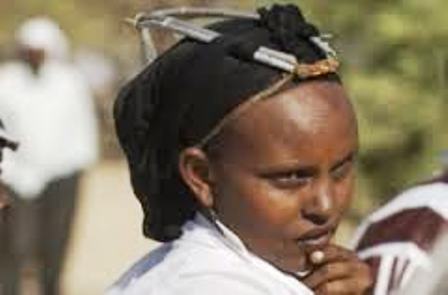
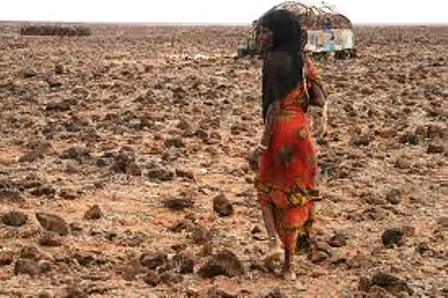
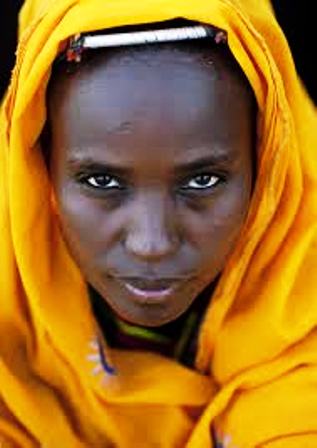
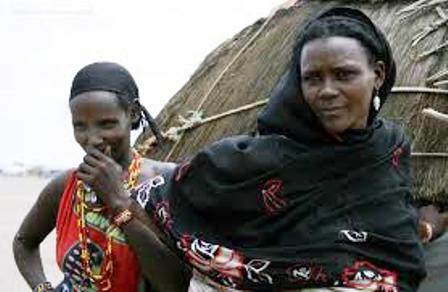
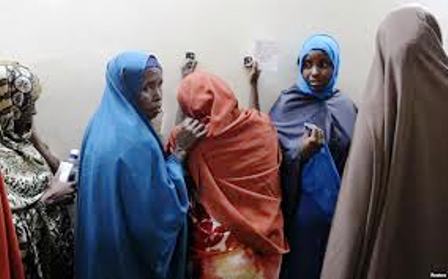







New! Comments
Have your say about what you just read! Leave me a comment in the box below.